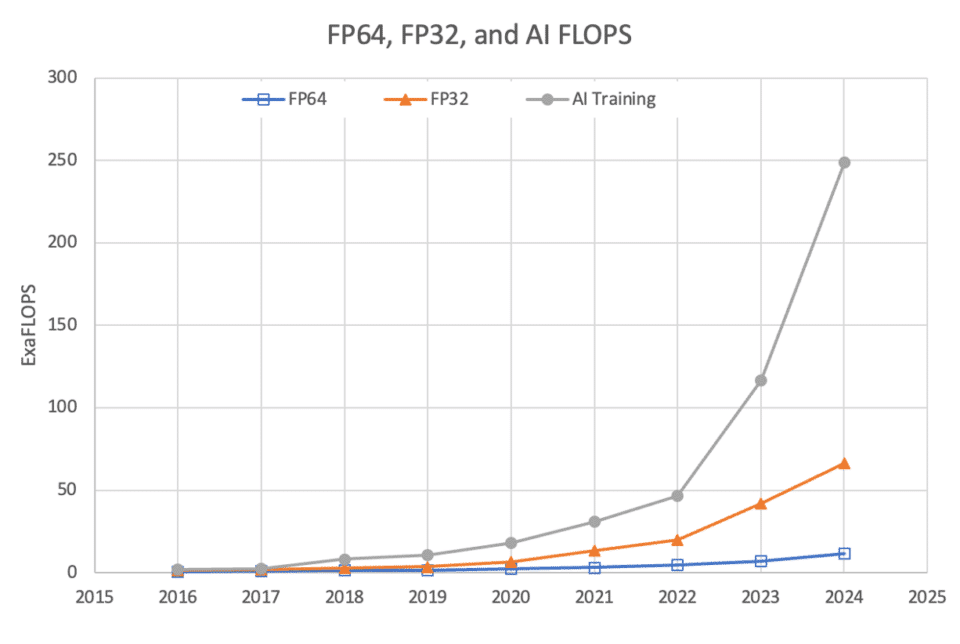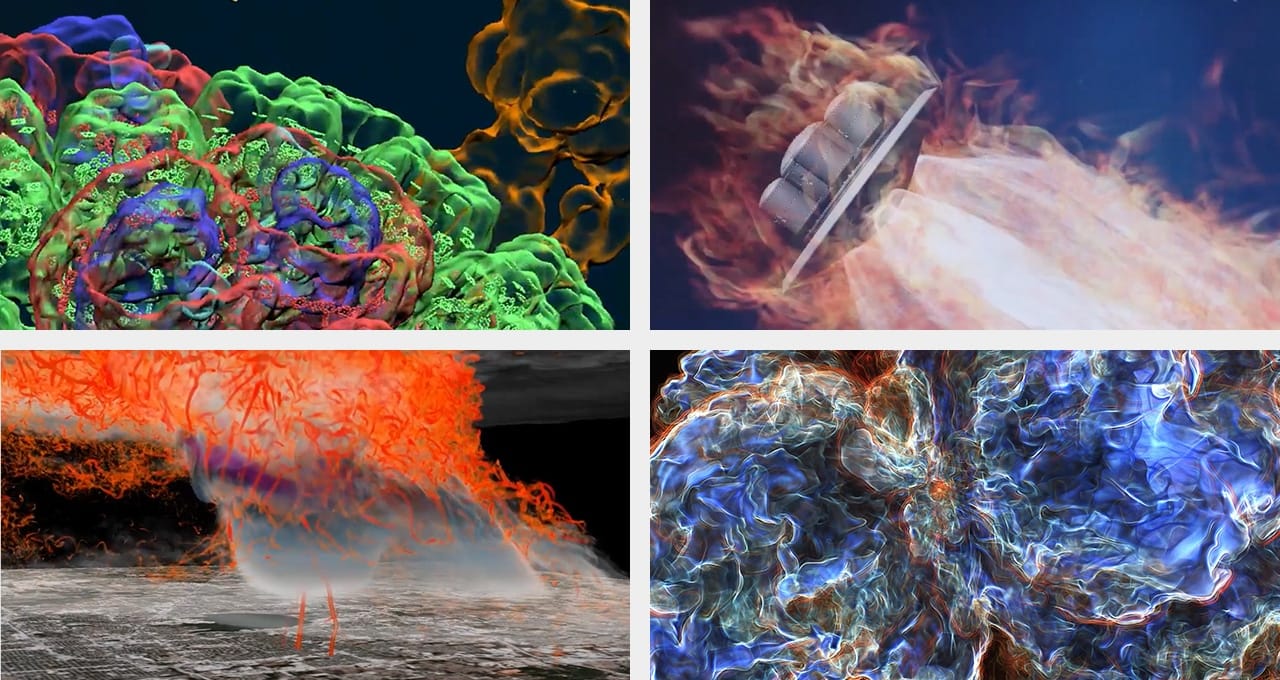NVIDIA has solidified its leadership in accelerated computing and artificial intelligence (AI) by powering the majority of the world’s most powerful systems, according to the recent TOP500 list. This year, 384 systems on the list are equipped with NVIDIA technologies, representing 77% of the total, highlighting its crucial role in areas such as climate prediction, drug design, and quantum simulation.
Accelerated Computing: Key to Modern Science
Since the launch of CUDA in 2006, NVIDIA has been at the forefront of advancing accelerated computing. In this year’s TOP500 list, 53 systems are new and 87% of them are accelerated; of these, 85% utilize NVIDIA’s Hopper GPUs. These innovations enable researchers worldwide to make discoveries at unprecedented speeds.

At SC24, NVIDIA introduced advancements such as cuPyNumeric, a library that allows over 5 million developers to scale their projects to computing clusters without modifying their Python code. Additionally, improvements were announced for the CUDA-Q platform, designed for simulating quantum devices at a scale previously considered impossible.
Science and AI: A Mixed Precision Approach
The use of mixed-precision floating-point operations and AI is transforming scientific research. These methods are not only faster and more efficient, but they also maintain a high degree of accuracy. During SC24, two finalist projects for the Gordon Bell award illustrated the impact of these technologies in genomics and protein design.
- David Keyes from KAUST used 0.8 exaflopsAn exaflop is a unit of measurement in supercomputing that … of mixed precision to study relationships between genomes and diseases.
- Arvind Ramanathan from Argonne National Lab achieved 3 exaflops of performance in protein creation using the Alps system powered by NVIDIA Grace Hopper.
These innovations are also reflected in the BioNeMo Framework, an open-source tool that accelerates the creation and customization of AI models for drug discovery and molecular design.
Sustainability in Accelerated Computing
Energy efficiency is a priority in advanced computing. In the Green500 list of the most efficient supercomputers, eight of the top ten are accelerated by NVIDIA. The JEDI system from EuroHPC/FZJ achieved an efficiency of 72.7 gigaflops per watt, setting a new standard for sustainable performance.
Additionally, NVIDIA introduced the CorrDiff NIM and FourCastNet NIM microservices for their digital platform Earth-2, which allow for up to 500 times acceleration of climate simulation results.
Awards Highlighting NVIDIA’s Leadership
At SC24, NVIDIA received 11 Readers’ Choice and Editors’ Choice awards from HPCwire, marking its twentieth consecutive year of recognition. Among the awards are:
- Best AI Product: NVIDIA GH200 Grace Hopper Superchip.
- Best HPC Interconnect Technology: NVIDIA Quantum-X800.
- Best HPC Server Product: NVIDIA Grace CPU Superchip.
- Best Response to Social Issues: Earth-2 Platform.
The Future of Supercomputing
With over 190 exaflops of AI performance and tools designed to simplify the adoption of these technologies, NVIDIA continues to be the driving force behind scientific innovation. From exploring genetic diseases to molecular design, NVIDIA’s technologies are ushering in a new era of scientific and technological discoveries.
Source: Nvidia blog

